Tears of the Kingdom doesn’t fill the player’s opening hours with exposition. It doesn’t throw quests and map markers at them whenever they so much as look at something new on the horizon, and it certainly won’t ever hold their hand. Instead, it welcomes players into a carefully hand-crafted world, hands them the tools they need to unlock every inch of Hyrule, and gently sends them on their way. It is the best example of how an open world game should be built, and the greatest adventure I, and many others, have ever had with Link.
Players Build Their Journey Like Layers on a Canvas
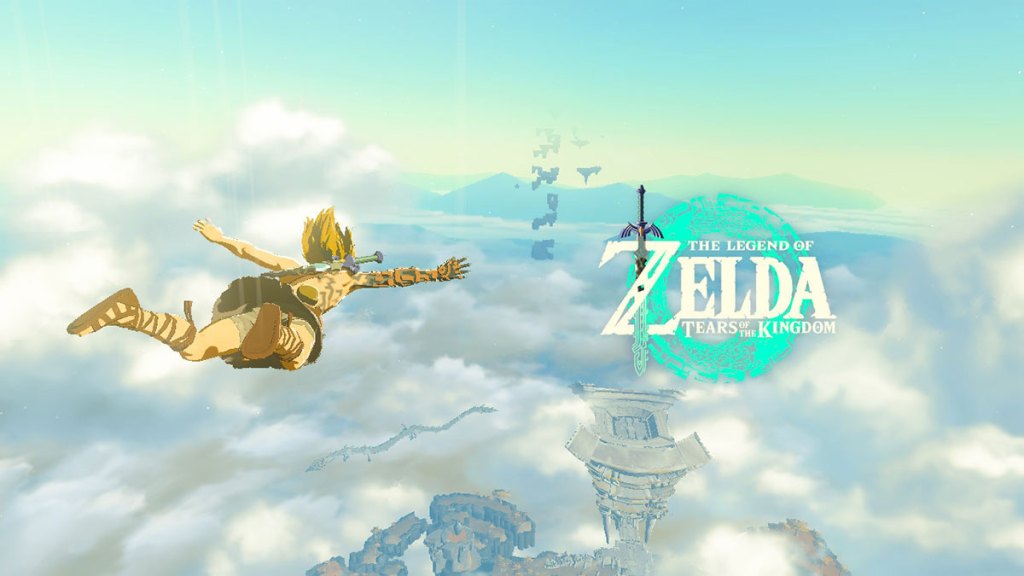
The opening tutorial area is an island in the sky this time around. Over roughly four hours, players get to grips with Link’s new powers, granted to him through a handy arm device courtesy of Hyrule’s founders, the Zonai. These abilities let Link move objects around to build vehicles, fuse them to weapons and shields, rewind time, and swim upward through solid surfaces to avoid lengthy climbs and getting stuck in caves. This introductory area, The Great Sky Island, does an incredible job of letting go of your hand while you learn how to survive in the wider world.
For example, after building boats and running around to each of the three Shrines early on, you’re left to figure out the last two for yourself. The lack of materials initially put me out, but I soon realized I needed to make the tools by creating an axe and chopping down trees. This made me feel smart because I’d figured out how to climb where the environment told me I couldn’t. After that, nothing stood in my way, and it’s been the same for everyone I’ve spoken to about the game. There’s a reason you see so many crazy vehicles all over social media – because we’ve been trained to find solutions to everything that suits our needs, and for some people, that’s a flying scooter or APC.
After descending to Hyrule and getting into the game proper, I felt incredibly overwhelmed by the sheer scale of the world and the insane number of things to do. New quests feel like they pop up all the time, but they’re never signposted from afar. This made me feel like I was making new discoveries for the first time. All too often an open-world game can make you feel like you’re playing through a pre-determined path, and that’s just not the case with Tears of the Kingdom. No one has had the same journey as me or anyone else exploring the world. Hyrule is a place for you to decide where to go and what to do first. There’s no urgency to kill a big evil enemy. There’s just a mystery to look into when you feel like it.
All of this helped make the world feel cohesive with the story to me. My version of Link was concerned about helping their friends, some of which you’ll recognize from Breath of the Wild, but they also wanted to help others with lesser problems. This makes Tears of the Kingdom feel like so many different types of game, but really it all comes down to superb world design and solid mechanics that give you choices. You could go out and help the monster-raiding party, run in a random direction until you find someone in need of assistance, or use the first Skyview Tower to launch Link into the air and get to Hyrule Castle early.
The choice is what this game is all about. It doesn’t want to force you down a particular path or make you play in certain ways. It isn’t taking inspiration from something you might have played before either, and the freedom to try new things, exploring in ways you’ve never been able to before, is what makes Tears of the Kingdom feel like a journey of self-discovery more than the next game you’re trying to complete.
My Hyrule
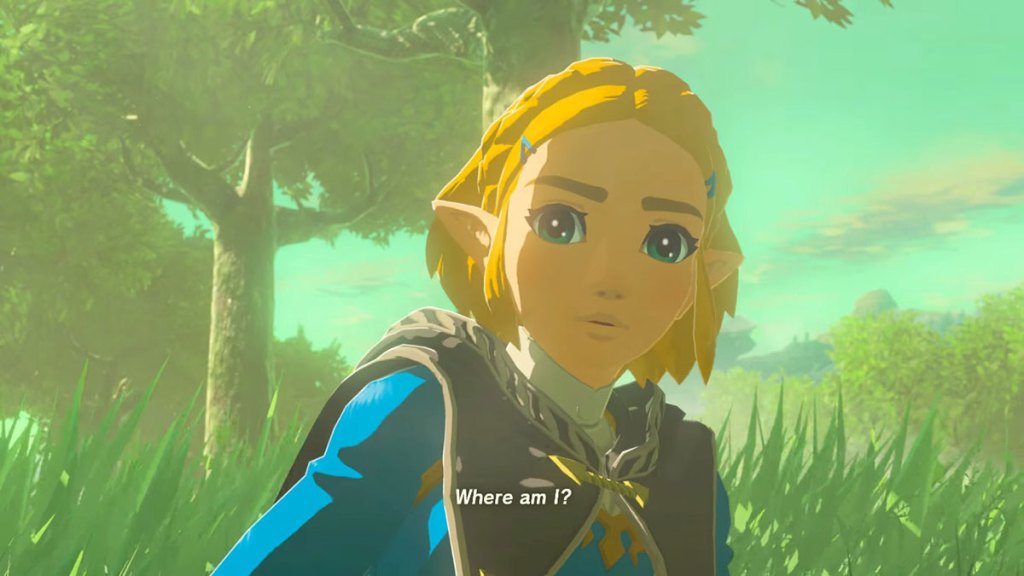
There’s a story in The Legend of Zelda: Tears of the Kingdom, of course, there is, but it’s second fiddle to the absolutely fantastic world. Zelda and Link wake up a mummified version of Ganondorf, and some bad stuff happens before Zelda disappears and Link ends up on The Great Sky Island. I don’t want to spoil the story for you because I truly believe that it’s secondary to the main reason everyone should play this game. Hyrule, at least, the new version of it, the cataclysm that occurs in the game’s intro has caused Sky Islands to appear, giant chasms to open in the ground, and all sorts of chaos to rain down upon the iconic setting to drive the player forward.
Somehow Nintendo has managed to do something I’ve never seen before. It’s taken the map of Breath of the Wild and revitalized it, filling it with new points of interest to explore and unlock, more items to gather, and new dungeons to conquer, and all of it is contextually justified within the game’s lore. There’s nothing in this game that feels out of place or jarring. You willingly accept that the ground has opened up, that islands now float through the sky, and that all the Sheikah technology has been butchered to rebuild Hyrule. It just makes sense, and that’s why there’s a never-ending need to explore and discover.
The world is split into three main maps this time around. Hyrule is relatively similar to how it is in Breath of the Wild, though with pretty much the entire landscape altered in various ways to make it feel fresh. The Sky Islands connect the area above Hyrule and present puzzles for Link to explore and learn from. This is the realm of the Zonai, the race of beings that founded Hyrule and left behind the advanced technology, Zonai Devices, used throughout the game. Link can craft vehicles and weapons with these and even battle with the various Constructs left behind to guard the islands. Finally, there’s The Depths. This area beneath Hyrule is hostile and extremely dangerous, requiring light-producing food and items just to explore.
I’ve spent far too many (no, really, way too many) hours exploring Hyrule, and I’m still not done. There’s a new quest or series of quests in every settlement, random NPCs that seem out of place but will soak up an hour with minigames, and collectible activities like helping Addison support Hudson signs around the map. It’s breathtaking, as it should be. Breath of the Wild is six years old, and in that time, Nintendo has been working to create an experience that surpasses it in every way. If you fell off the previous game, as I did, then I can guarantee this one will grip you and is worth a try.
Link is an Army

One of the most outstanding things about Tears of the Kingdom is its combat system. Link isn’t necessarily more capable than in Breath of the Wild, there are just more options. The Fuse ability allows anything to become a weapon, even other weapons. Enhancing gear is the only way to tackle stronger foes, and you can get silly or serious with it. I’m having a great time with my boulder shield and sword with another sword on its tip, but some items are genuinely game-breaking, like Talus Hearts or Flux Construct Cores that add 20 points of damage to a stick.
Players are given the freedom to use every item how they see fit, making the game feel even more accessible and open. At one point, I was strapping weapons to Zonai Devices so they would hunt down enemies and kill them without me lifting a finger. Apply this to a larger vehicle, and you can make tanks or even spider-like transports that fire rockets at everything in front of them. I’ve even seen UFO-like creations that murder every enemy in sight and traps that use an enemy’s behavior against them.
The motto of combat in Tears of the Kingdom really should be “don’t dream it, be it.” Link is whatever you need them to be. A lovely touch with the armor and outfits players can unlock is that they’re deliberately androgynous. Link is exactly who you want them to be, and this is an adventure with your Link, not a pre-determined character. The only thing you must accept is the name, but I think every Zelda fan would revolt if that aspect changed.
No Minor Details
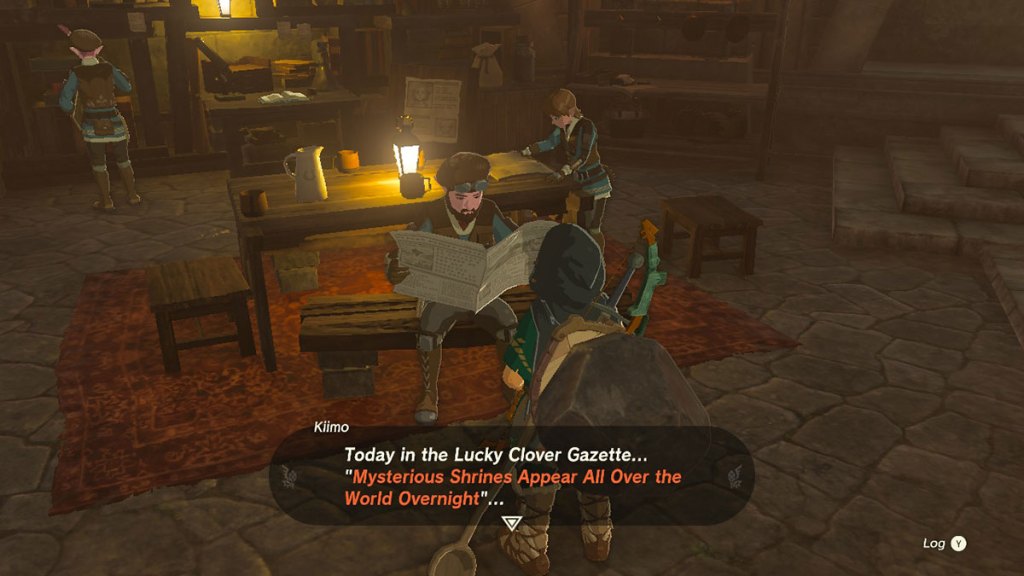
Tears of the Kingdom’s game design ethos seem to be that everything must serve a greater purpose. Nothing feels pointless or like set dressing. Everything can be used to benefit Link in some way. For example, Skyview Towers unlock more of the map and reach Sky Islands, but some puzzles must be solved to access most of them. Rocks falling from the sky can be used to ascend into the air and paraglide to a new destination or reach a specific Sky Island, and piles of materials scattered around the world can be used to build vehicles, solve puzzles, or scare the Koroks that have gotten stuck on their way to meeting their friends. Thanks to the tools players are given at the start, everything feels like it can be so much more.
This applies to quests and smaller challenges too. The aforementioned Koroks need Link’s help to get to their friends, but how they get there is open for interpretation, hence some of the insane crucifixion vehicles players have been building. There’s a series of fossil side quests that are the best example I can think of for how the game’s openness applies to what are usually structured activities. Link needs to find fossil parts and put them back together. Sometimes they’re stuck in rock, so he needs to find ways to pull them out. Sure, I could have used a Bomb Flower on an arrow, but I could also attach one to a Zonai Fan and watch it soar and explode. In some cases, I used a Fan to blow away dust, which makes sense when you think about it, but the game never tells you is possible. This is what I mean when I tell you this game makes you feel smart. It respects your intelligence and ability to problem solve, which is why it gives you all the tools but lets you be the one to work out the answers instead of throwing them up as objectives on-screen.
This ethos is applied to everything, even some of the enemies. Battle Talus are walking fortresses and problems to be solved with weak points rather than sponges for sword hits and arrows. Giant bases filled with massive enemies are mazes for Link to weave through instead of wave-based encounters. Nothing feels poorly put together or like it could be improved upon. I’ve never had so much fun exploring an open world and I don’t know how it keeps getting better every time I tick off another activity. I feel like most open-world maps get smaller the more you do, but Hyrule just becomes familiar and never stops being this big open space for you to have fun in.
Quintessentially Zelda

If you focus on the story, you can finish Tears of the Kingdom fairly quickly, but I would say the fun is found in dawdling, and going off the beaten track. There hasn’t been a single moment when I’ve sat down with the game and not lost hours to it without knowing. In addition to the quests and activities that are built into Hyrule, there are self-imposed challenges like killing every Gleeok or completing every Shrine. You don’t need to do this stuff, but it all feels like part of the experience and something that shouldn’t be ignored.
Growing up, I adored the Zelda franchise because it had these side activities that were never signposted or forced upon you. They just existed, but they also had an impact on gameplay, like unlocking a new outfit that boosts climbing speed or a weapon that’s more powerful than any enemy you’ll face. You’re rewarded for effort and exploration with meaningful, tangible items that enhance the experience. Even the Shrines, which are all much better in this game than Breath of the Wild, will make Link a better warrior over time if you tackle them, but again, it’s a choice you can turn down.
Verdict
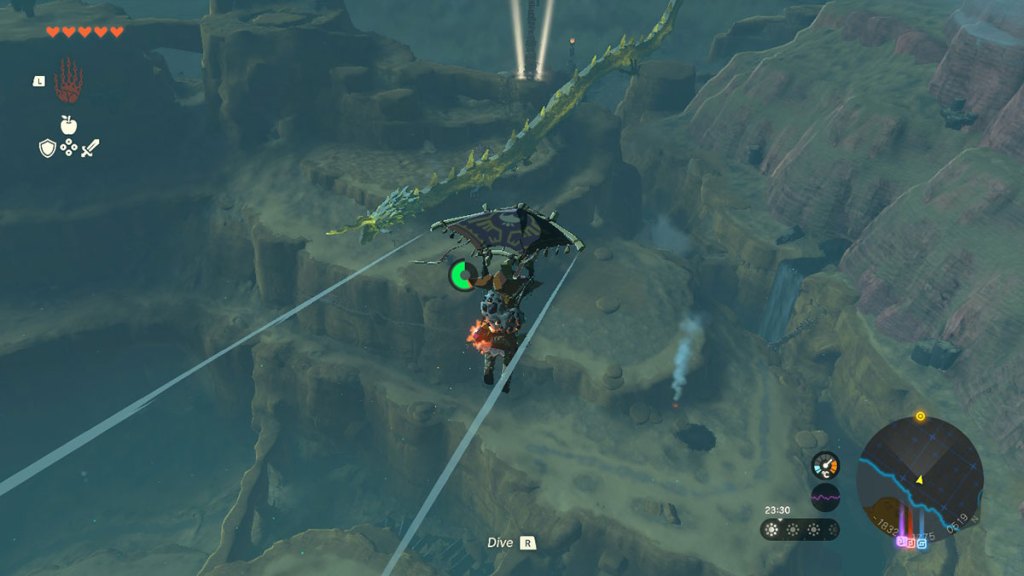
Tears of the Kingdom is an incredible game and an experience I’ll never forget. Going in as blind as possible and uncovering everything for myself has been amazing. Even now, I’m still finding new quests, activities, and concepts to explore that I’ve never come across in dozens of hours of play time.
While there are some tiny snags – and I mean so tiny you’ve got to squint to see them- in areas such as Shrines, the game is pretty much perfect as an open world sandbox Zelda entry. It’s not for everyone, due to the lack of tutorials and handholding, but it’s perfect for fans that want more Zelda, an open world to discover by themselves, and puzzles and mysteries that they solve.
Ultimately, the best thing about the game is that it respects you and your time. There’s never a dull moment, you can always find something to do even if you’ve completed everything on offer, and it makes you feel smart. No game has ever made me feel valued like Tears of the Kingdom, and this, more than anything else, will keep me playing it for years until the next one comes along.
Final Score:
10 / 10
| + | Honestly, it’s an 11 |
| + | Massive world to explore your way. |
| + | A satisfying Zelda experience that still manages to push the franchise forward. |
| – | A few Shrines require solutions that are finicky because of the controls, not an in-game challenge. |
| – | Lack of handholding could put some players off entirely. |
| – | Nintendo could go further with allowing players to truly craft their own Link, but this is still a good medium for now. |
Gamepur team received a Nintendo Switch code for the purpose of this review.


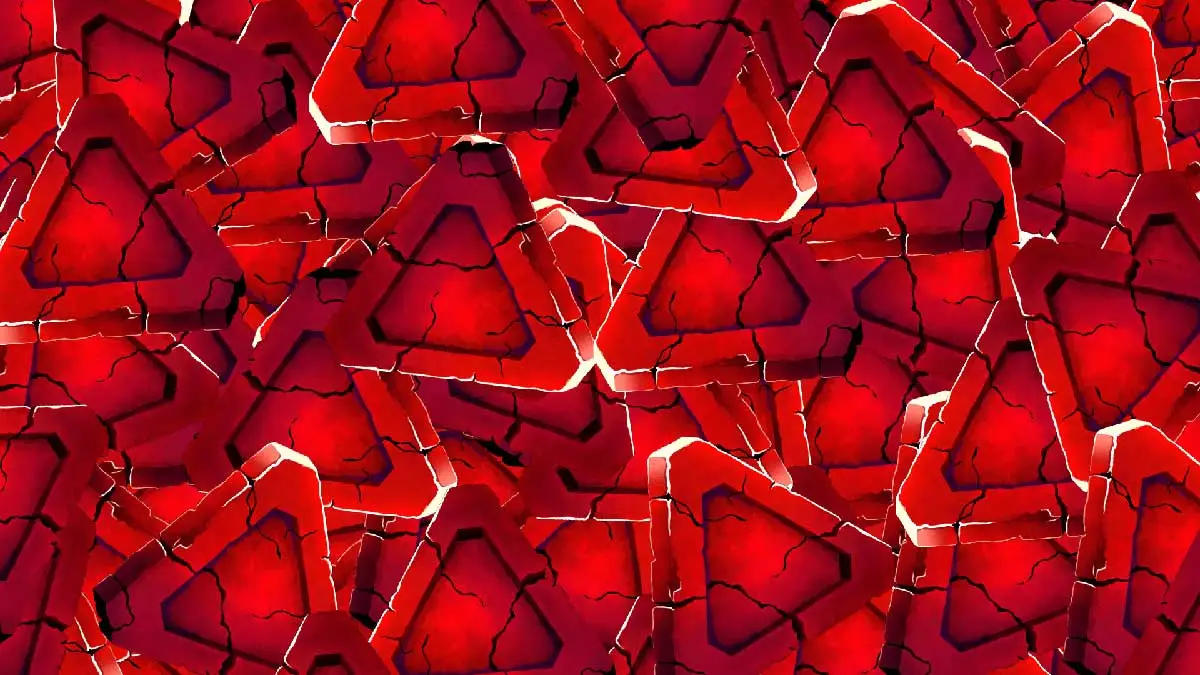
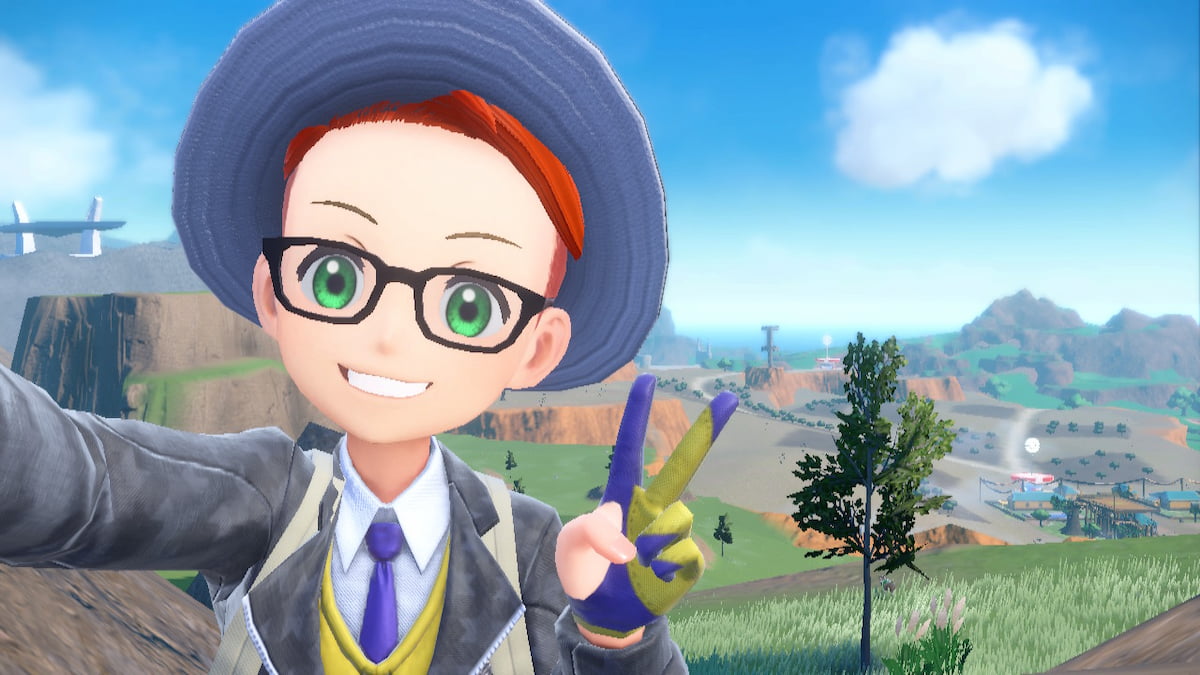

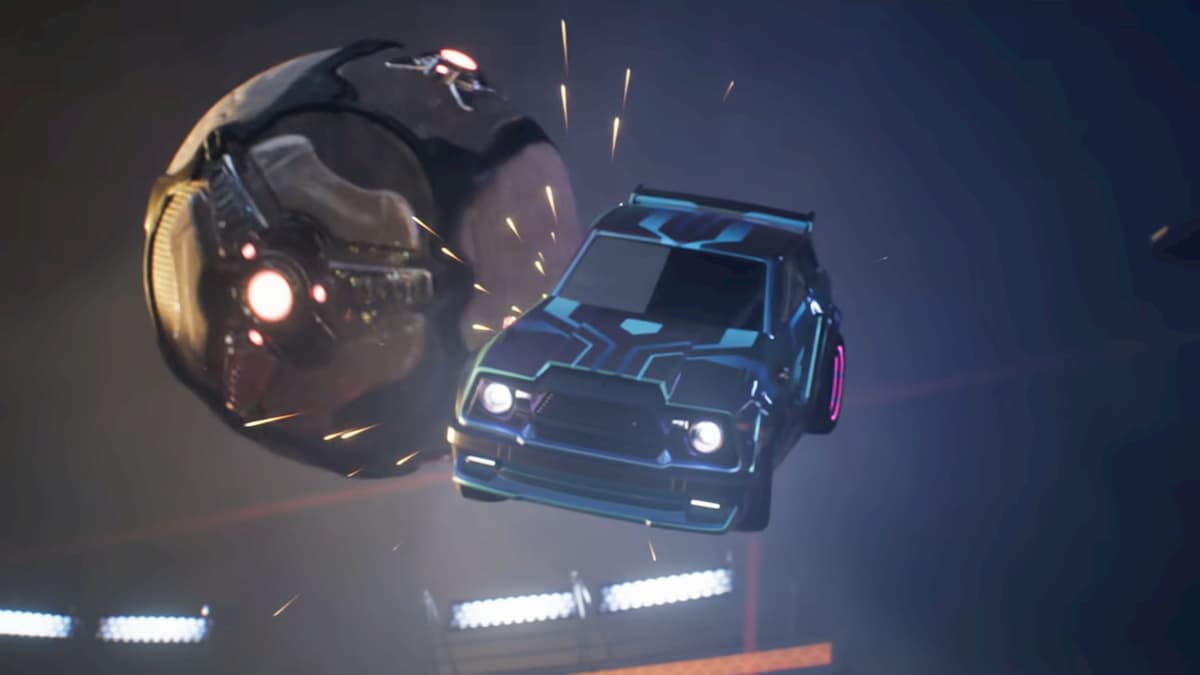
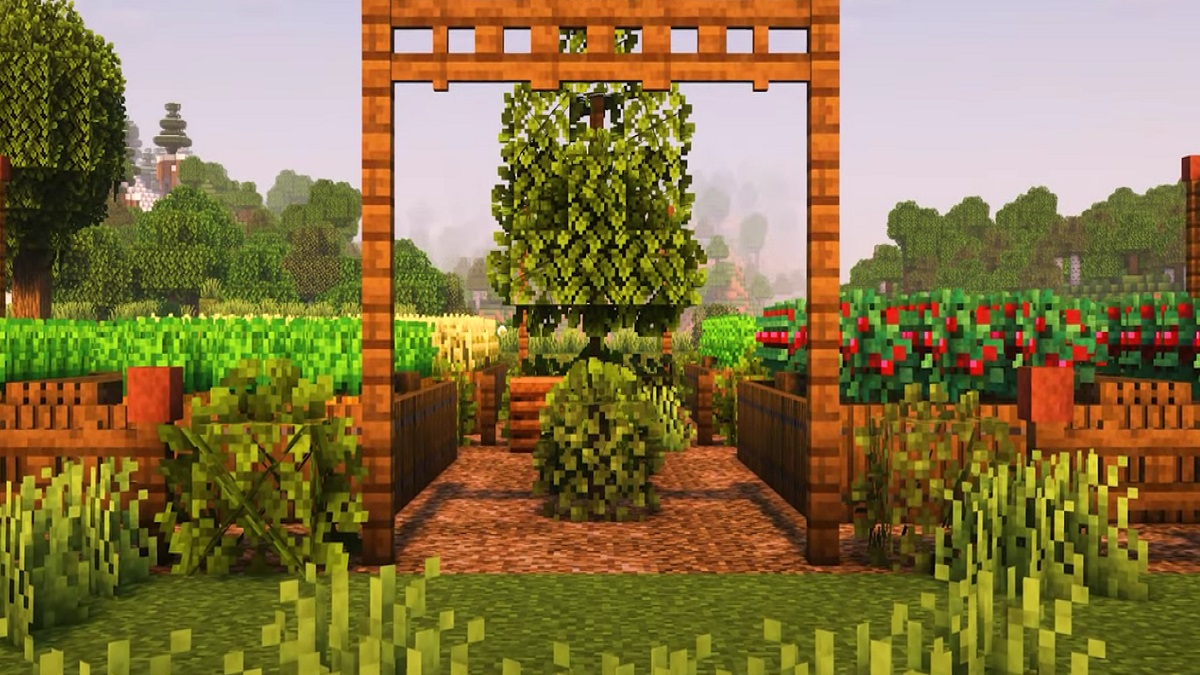
Published: May 23, 2023 12:11 pm